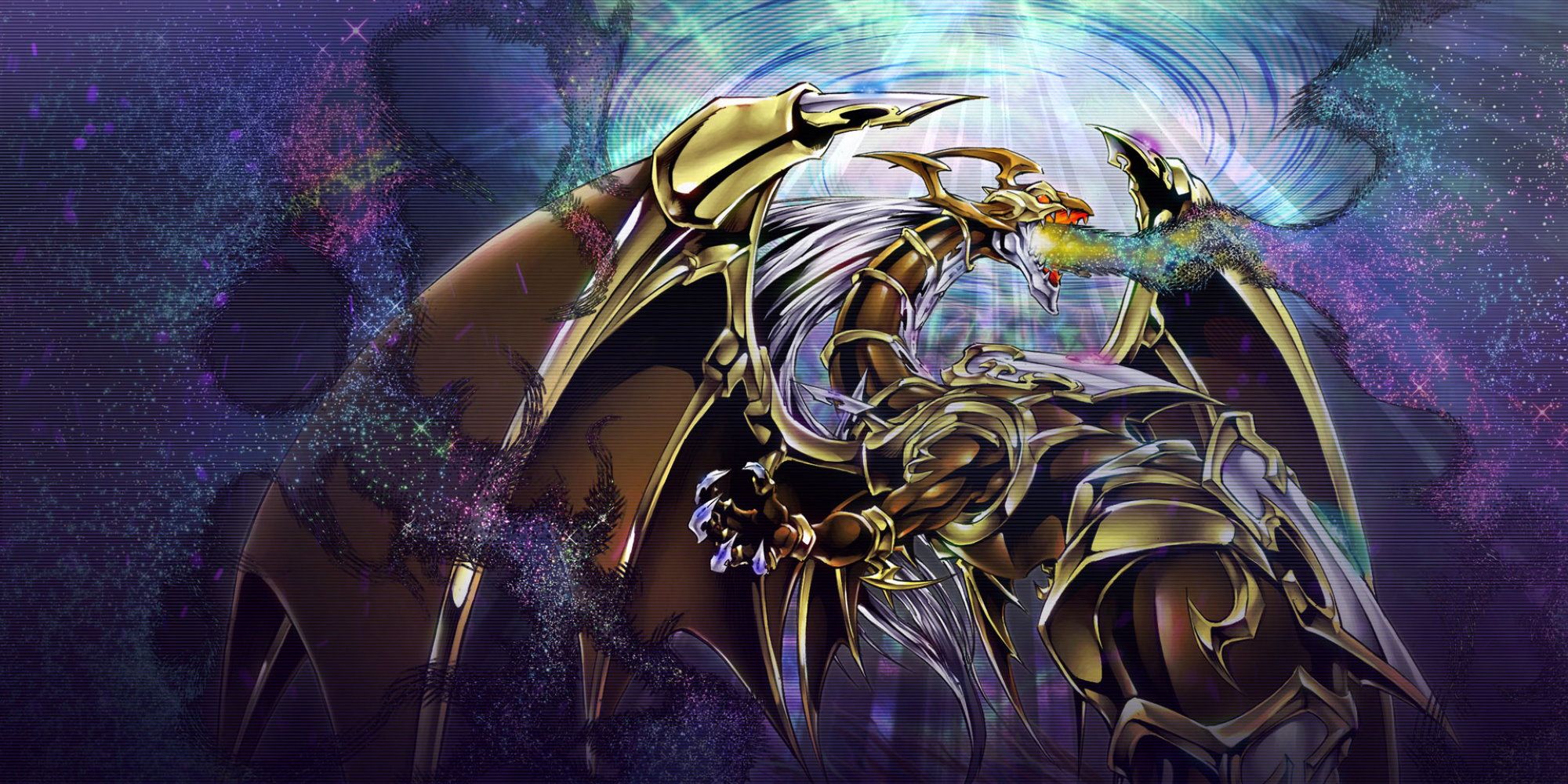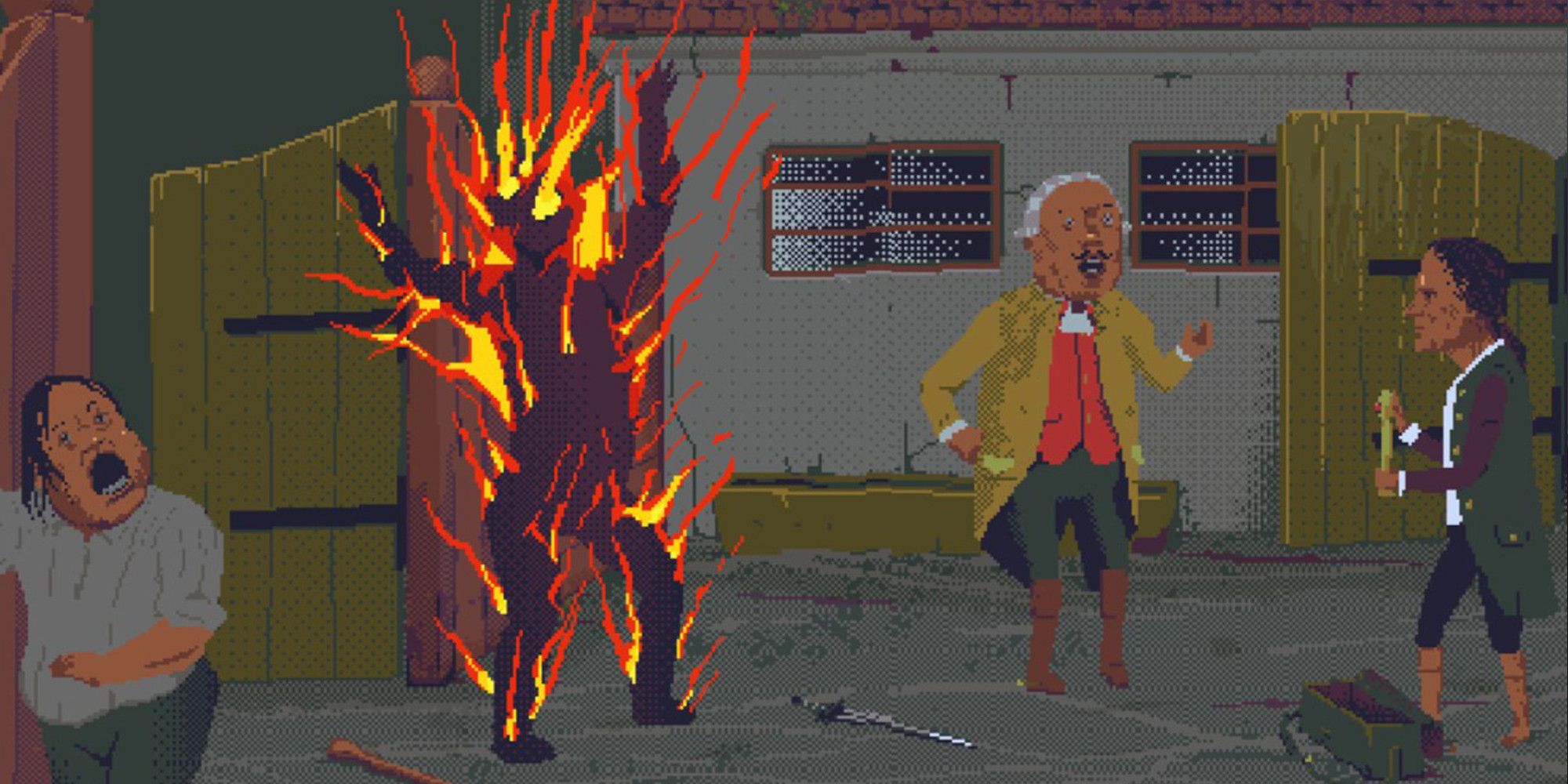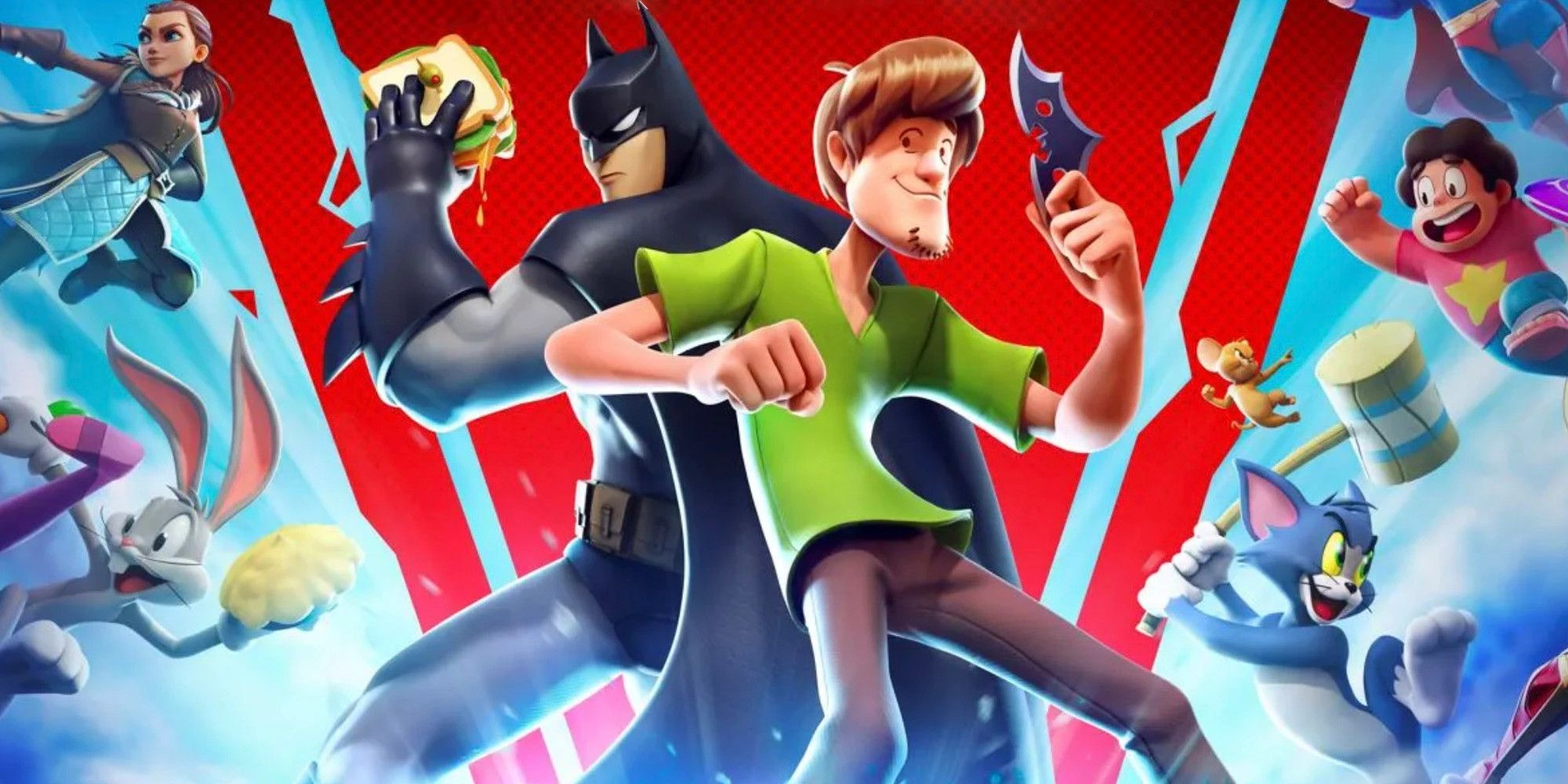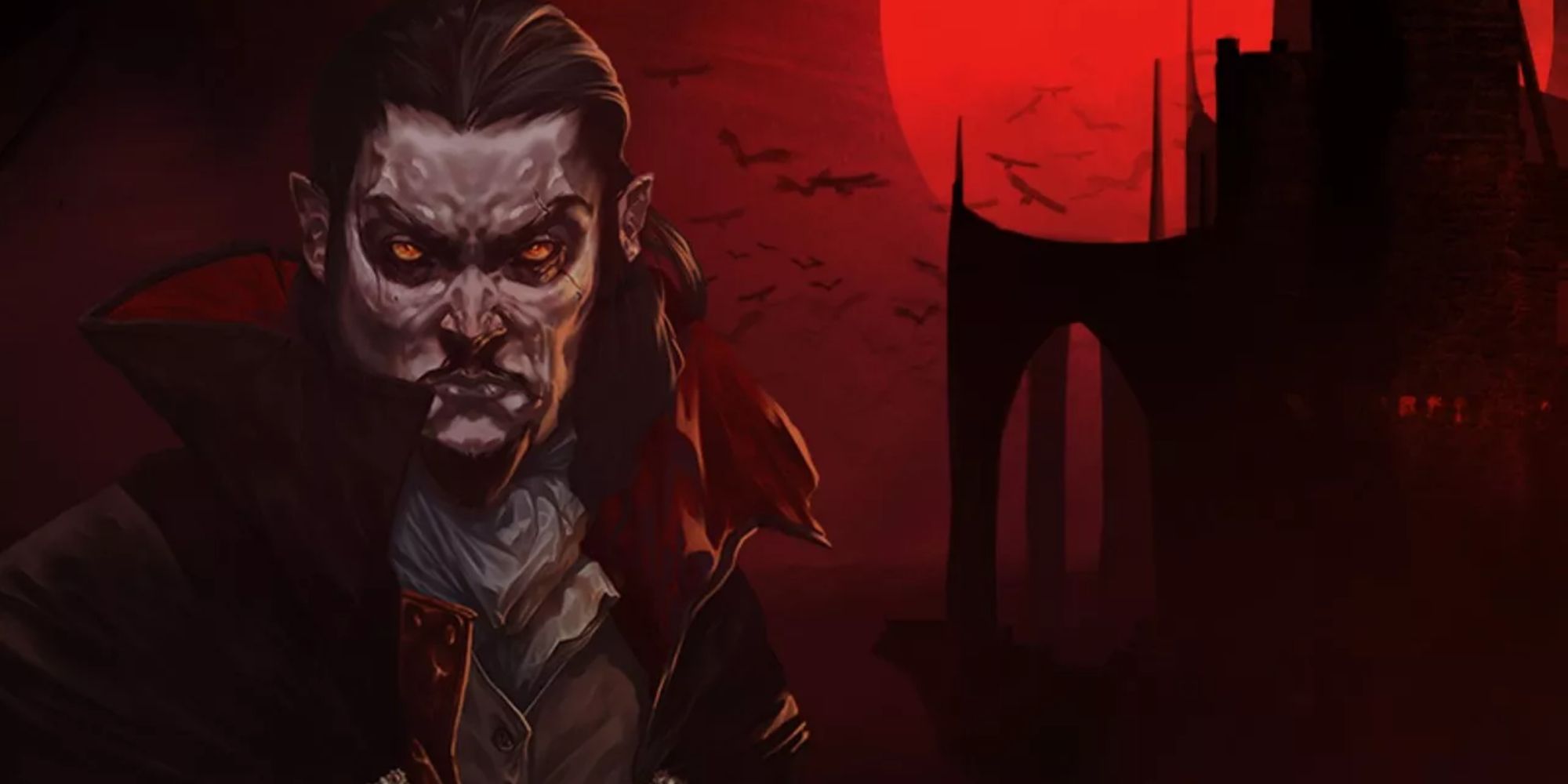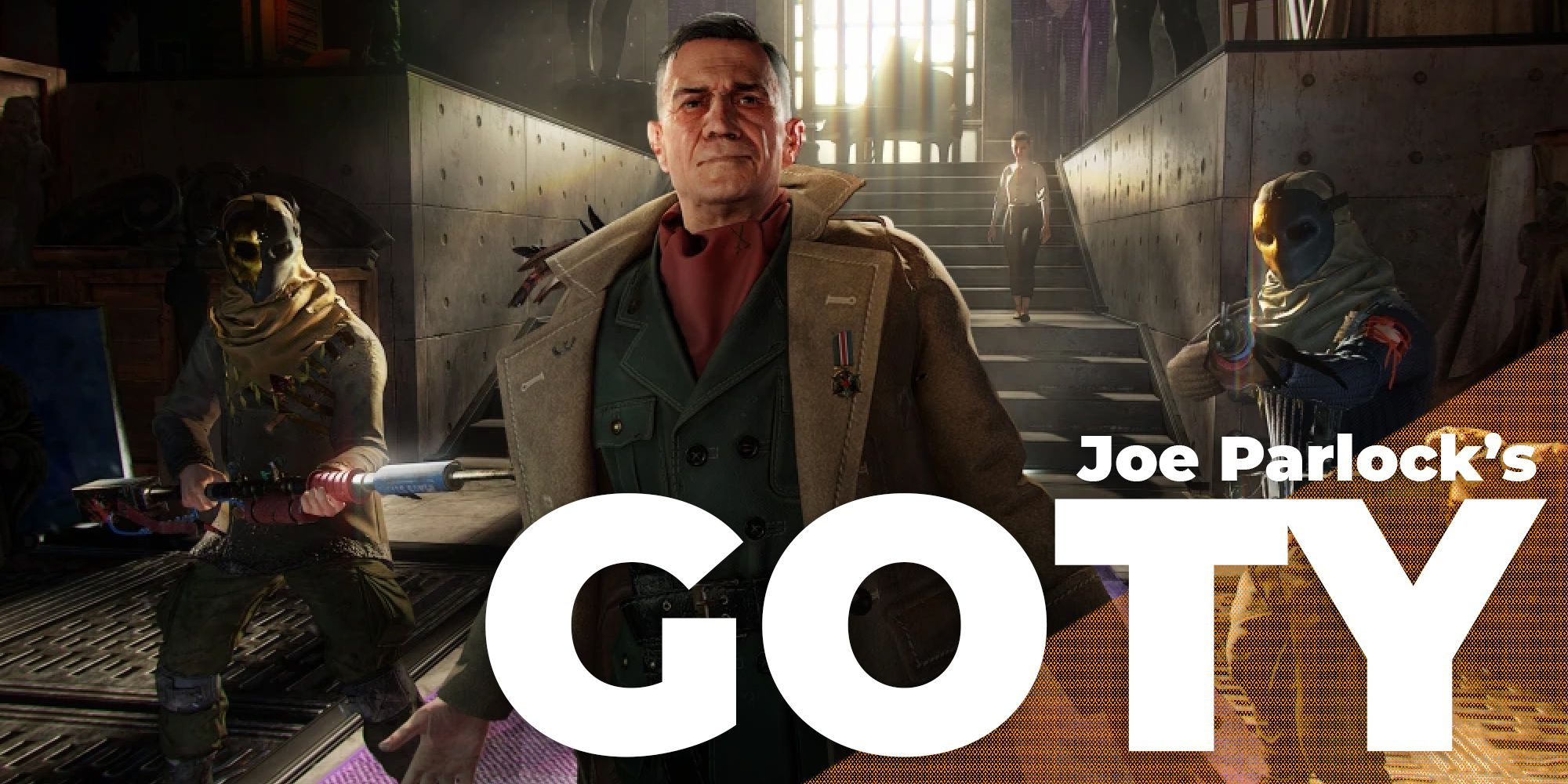I may be TheGamer’s resident card boy, and most of my work revolves around bits of cardboard you pull from plastic wrappers, but I do play video games too. Unfortunately, 2022 hasn’t exactly been my year: the three big games I was excited for were The Callisto Protocol, Gotham Knights, and Scorn, and all three of them were disappointments.
Almost everything on this list has caveats too – a bit buggy here, a little formulaic there, or they happened to be Digimon Survive. Despite that, these are the games I sit and think fondly of. There weren’t any perfect games this year, but these are the ones that nonetheless got on my wavelength and managed to impress me.
10. Pokemon Scarlet & Violet
Scarlet & Violet take most of what Legends: Arceus tried to do at the start of the year and improves on it. A world that keeps the variety of Hisui but does away with the loading screens, movement that’s been streamlined into just one Pokemon instead of a menagerie you have to awkwardly swap between, and more trainer battles to actually use the Pokemon you catch showcase that open-world Pokemon doesn’t have to be a chore. With deeper storylines, some banger monster designs, and a greater tactical depth thanks to Terastallization, Scarlet & Violet offer more than many people can see through the (at least for me, infrequent) bugs.
9. Ghostwire Tokyo
There’s something about Ghostwire Tokyo that’s unquantifiable. ‘The vibe’ is impeccable; walking around a rainswept Tokyo and encountering mythological creatures and urban legends gives it a feel no other game has managed to reproduce, and with a deep cultural well to draw from, there always seems to be something new to discover in the next misty alley over. Had its combat been tighter and its enemy designs less monotonous, it would’ve been a lot higher on this list, but there truly isn’t any other experience quite like Ghostwire Tokyo.
8. Cult of the Lamb
Tucked under Cult of the Lamb’s fluffy exterior are ethical questions I haven’t had to ask myself since the famously harsh city-builder Frostpunk. My resources aren’t going to stretch far enough to support my cult – do I risk losing control by venturing into the woods to hunt for more seeds and food, or do I sacrifice some of my cultists to lighten the load? How should they treat the elderly, who don’t actually serve the group in any meaningful way? Do I want to re-educate dissenters, or just throw them on the altar to prove a point? Combined with a meaty roguelike combat system and a frankly worryingly compelling knucklebones minigame, Cult of the Lamb is happy to get you inducted into its ranks before throwing its hardest questions at you.
7. Digimon Survive
The fact this got review bombed for being a visual novel – something it was upfront about since it was first announced years ago – is a disgrace. Its tactical combat is lacking, but it’s a functional way to deliver one of the most impressive stories Digimon has ever told. A mature take on the themes of the original Digimon Adventure anime, Survive is happy to explore angles no other entry has wanted to touch, such as gruesome deaths, the breakdown of a Digimon and its child’s relationship, and the trauma of being Isekai’d away to the Digital World. With memorable characters, gorgeous presentation, and decisions that matter for the survival of your group, it’s both the best Digimon game in years, and one of the best visual novels.
6. Sonic Frontiers
Much like Pokemon, Sonic also managed a successful transition to open-world design with Sonic Frontiers. That leap was mostly successful, hitting a good balance between bursting through the world at high speed and rewarding exploration with new shortcuts and collectables. More importantly, Frontiers marked a tonal shift for the series, with older characters struggling with the thought of moving on from their plucky pal Sonic and finding their own purposes in life. It’s still the gotta-go-fast, burstin’-with-‘tude series we know and love, but one given more depth – both thematically and in its environments.
5. Yu-Gi-Oh! Master Duel
Yu-Gi-Oh! games have always been naff, thanks to their obsession with adapting the anime for the billionth time. Master Duel understood that by giving us almost the entire tabletop card game in digital form for the first time ever. This is a true-to-life, uncompromising take on Yu-Gi-Oh! with one of the most generous monetisation strategies of all CCGs. Making on-meta decks and getting cards for the archetypes you want is easy, and with constant events and battle passes to give you more stuff, you never feel left behind. Even if Yu-Gi-Oh! as a card game has its flaws (particularly with readability and one-turn-KOs), Master Duel puts both MTG Arena and Pokemon TCG Live to shame.
4. The Curse of the Golden Idol
Despite playing everything from Sherlock Holmes to Danganronpa, nothing’s ever made me feel like a detective as much as Curse of the Golden Idol. Entering each scene is a brief moment of panic as you realise you know absolutely nothing about what’s going on, until you hunt for clues and use deductive reasoning to piece together the tragedy that occurred. More than just ramming clues together and waiting for the game to progress, synthesising evidence and slowly uncovering the layers behind each death feels natural. There’s no force-feeding the case going on here; it’s you, your wrinkly brain, and a whole lot of deaths to solve.
3. MultiVersus
Despite being a big fighting game fan, I’ve never been big on platform brawlers. I don’t like Smash, Nick Brawl was garbage, and the less said about PlayStation All-Stars, the better. And yet, MultiVersus managed to break down my feelings on the genre with an endlessly inventive and endearing roster. I love that it combines new names like Black Adam and LeBron with retro classics like Marvin the Martian and Gizmo. No two characters feel alike, and getting to grips with them is a shockingly involved process of discovery – much more than I was expecting from an IP Soup Smash Bros clone. You never feel done with MultiVersus – there’s always a new combo, a weird interaction, or a quirk of a stage to factor into your playstyle, and I’ll likely be revisiting it for as long as it gets updated.
2. Vampire Survivors
How Poncle managed to combine roguelikes and idle games together to make one of the most tactically tantalising games of the year is beyond me. All you do is walk around, and the game takes care of the rest. You don’t even need to attack! And yet each run becomes a puzzle where you try to work out which upgrades you want to combine, and whether working towards that will put you at too much of an early-game disadvantage. Experimenting with different load-outs, finding the most ludicrously broken combo possible, and laying waste to thousands of enemies in a self-contained 30-minute session solidified my Steam Deck as less a handheld console holding every Steam game I own, and more just The Vampire Survivors Machine.
1. Dying Light 2
Dying Light was one of my favourite games of 2015, and stands out as one of the few games I’ve ever 100 percent completed. Dying Light 2 takes the brutal zombie-crushing combat and tight parkour and presses it into a sprawling city unique from your usual post-apocalyptic guff where the choices you make feel like they have weight. Maybe not the overarching story, but those smaller moments – do I kill a PK official to cover my tracks, even if it puts an innocent healer at risk? Do I give people hope, even if it makes my life harder? And who do you hand control of the city over to when all is said and done? Combine that with one of the most rewarding parkour systems since Mirror’s Edge, weapon upgrade systems ripe for experimentation, and a world full of nooks and crannies to climb around in, and you get a near-perfect follow-up to one of my favourite games of the last generation.

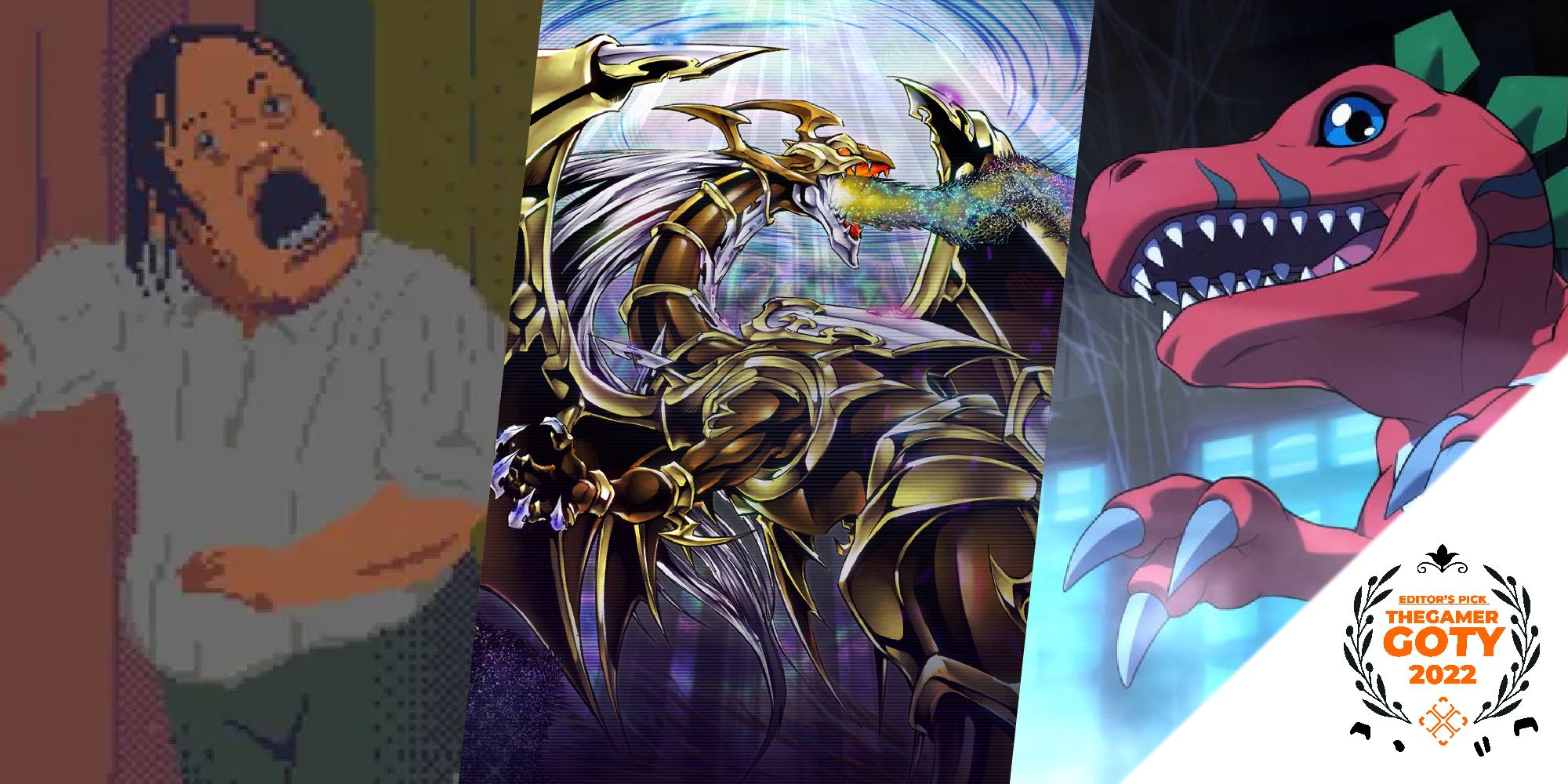
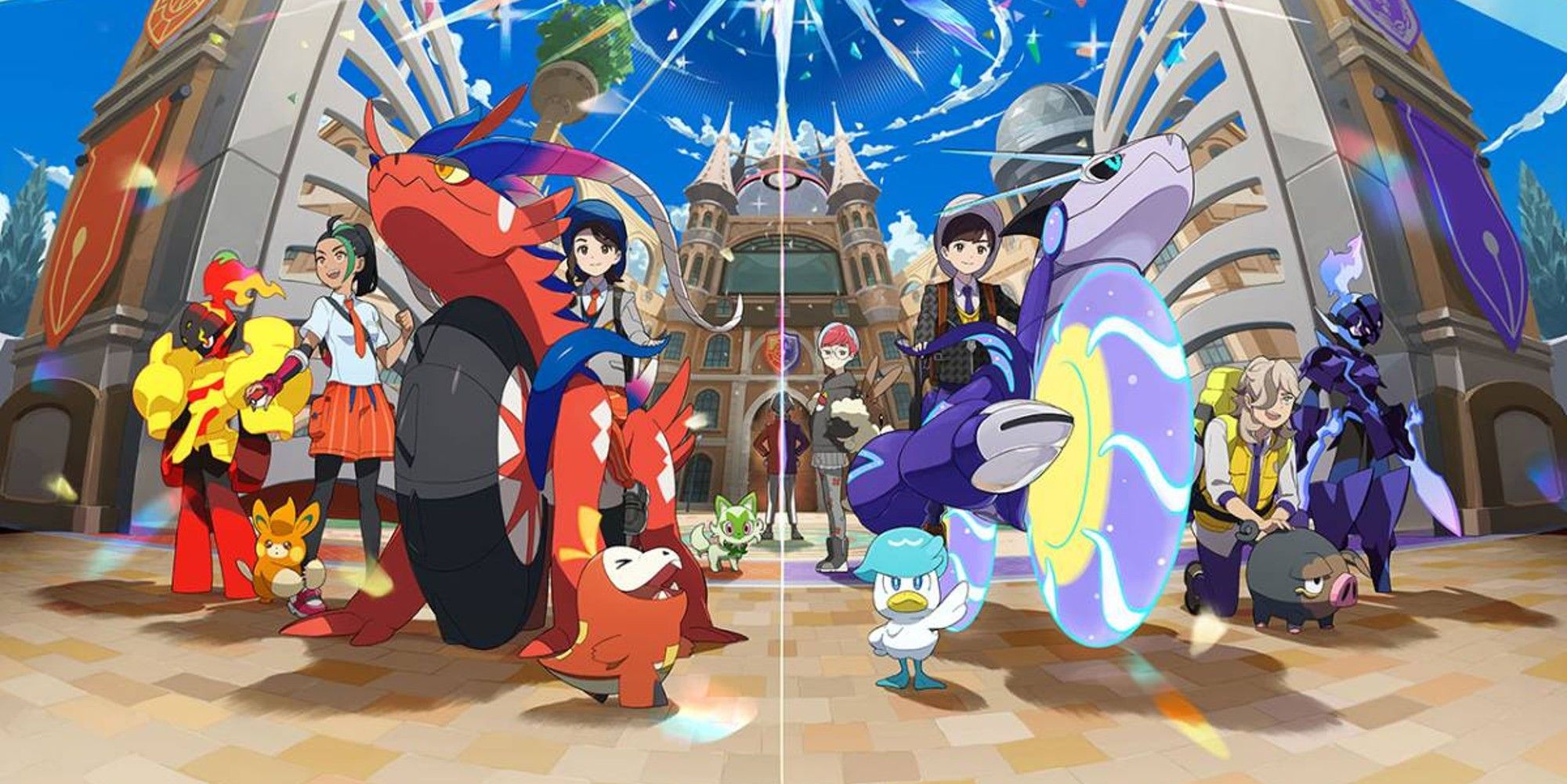
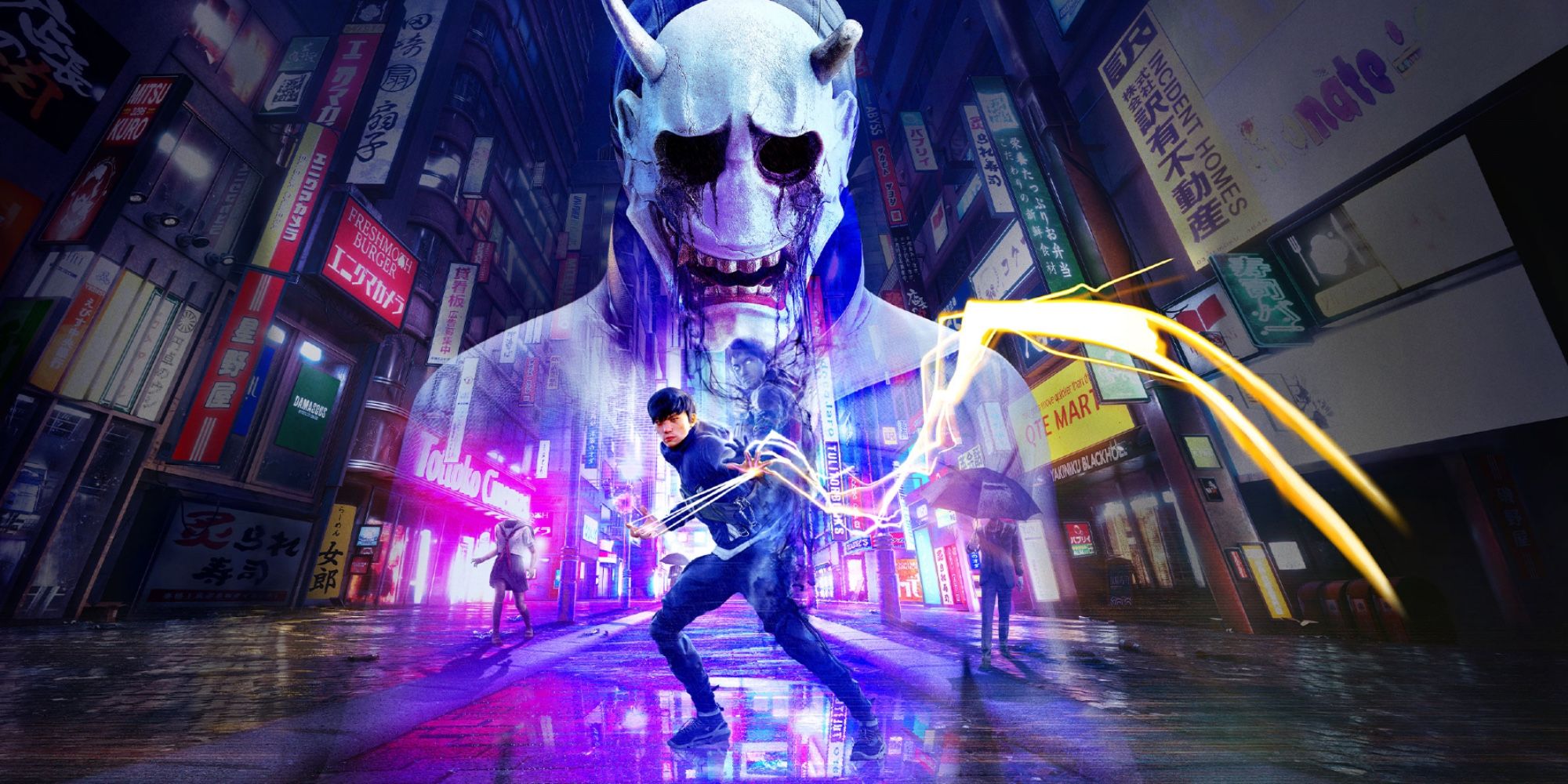
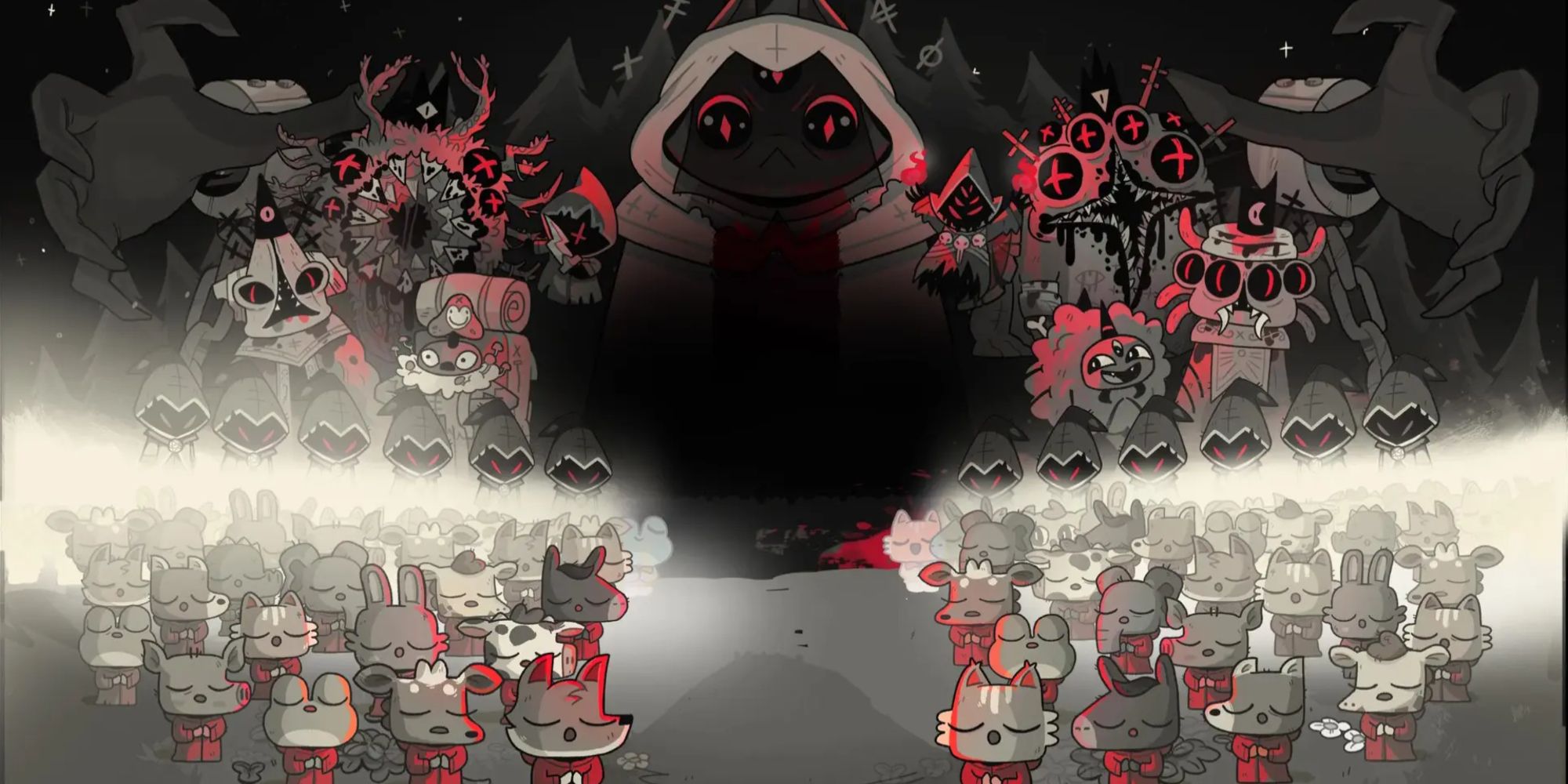
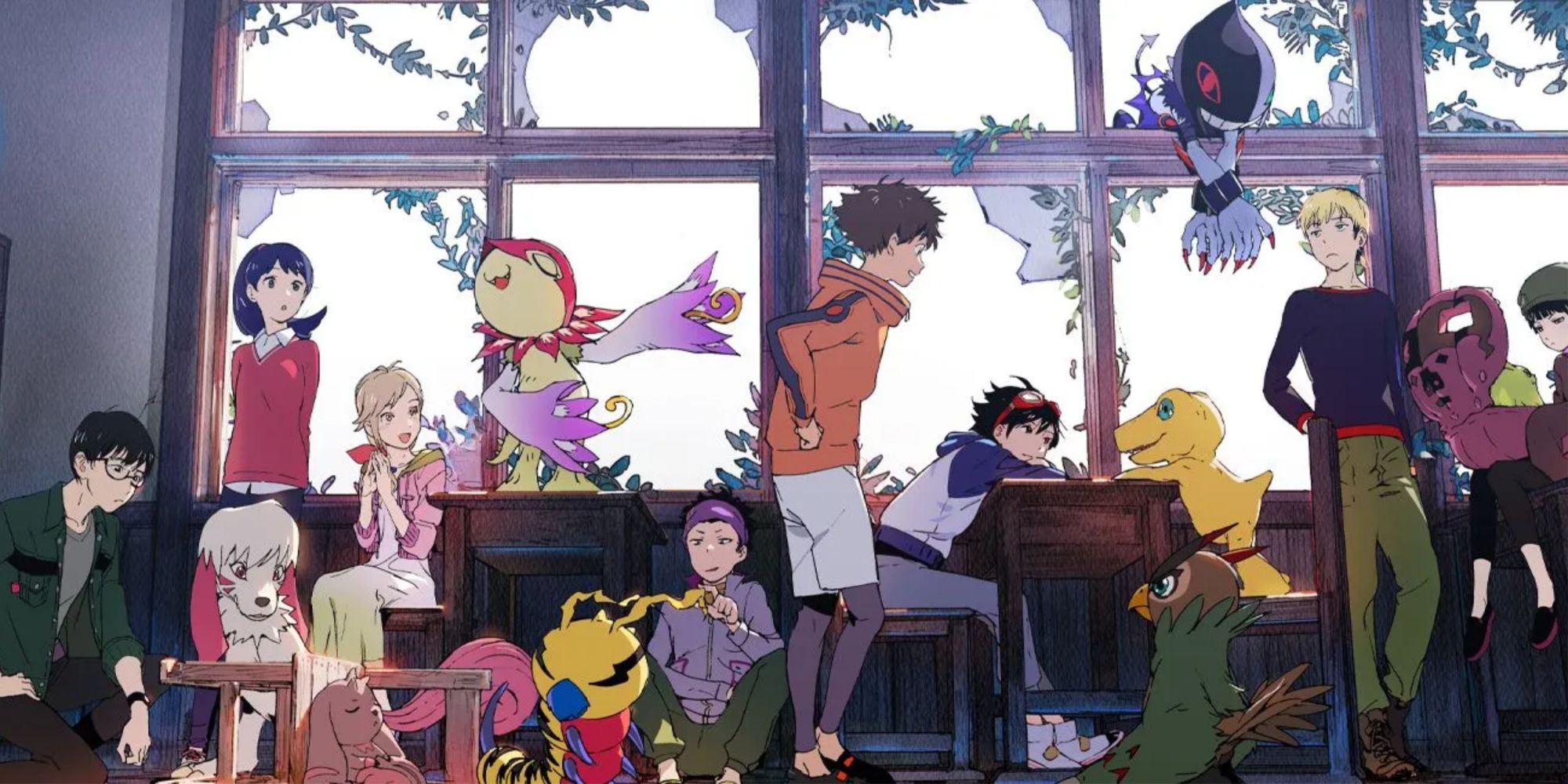
.jpg)
